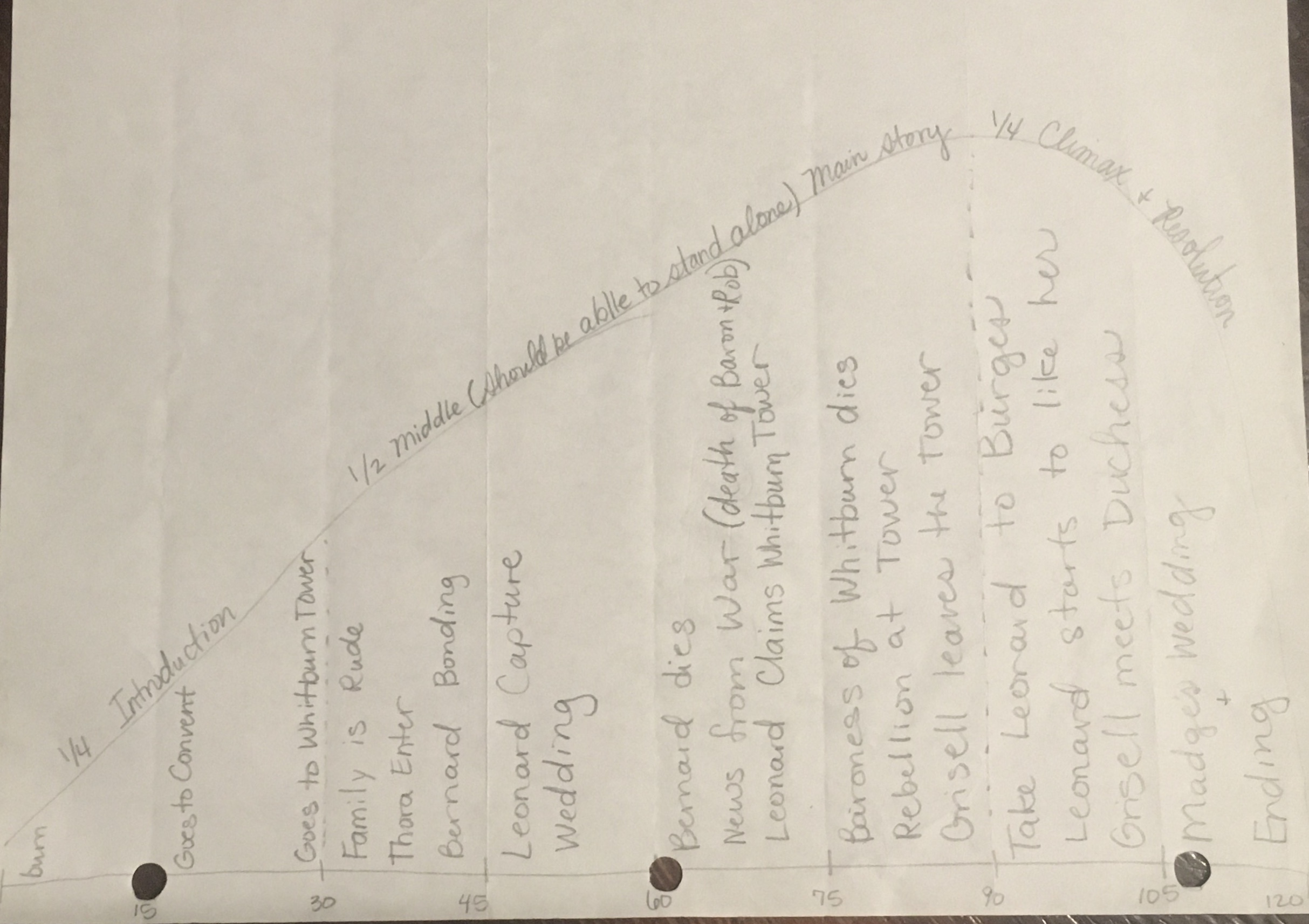- Home
- Movie Making Course
- Screenwriting
Begin Screenwriting With These Objectives To Make A Solid Story That Will Sell On The Screen
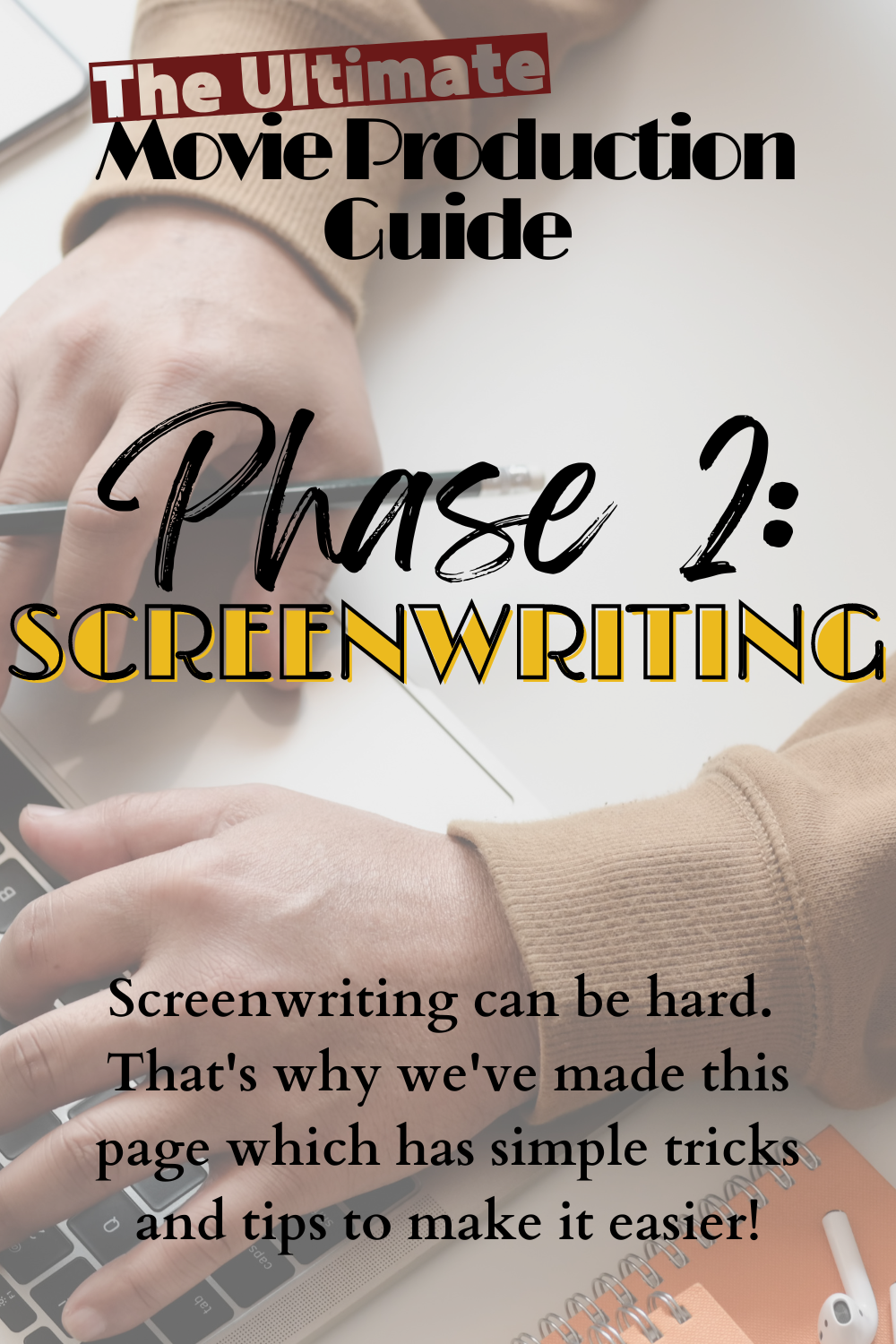
Here you are: Phase 2 on your moviemaking adventure! Screenwriting can sound rather intimidating. It can at times just sound like a lot of work (maybe a waste of time?) when you are really interested in just shooting your movie.
But it is vital to creating a movie that is well thought out and interesting for your audience. (As an aside, films without scripts that are just trying to string stories together take much more time to film than films that are scripted.)
Plus, if you have already completed Phase 1 and already thought out your setting, script writing will just be that much easier.
So here are the tasks that you will need to accomplish to get your script on the right track. Let's start by reviewing the tasks:
- Decide on what you want to show in your movie
- Draw a storyboard or "mountain"
- Get started on your screenwriting
- Write the skeleton
- Flesh it out
- Format a strong beginning and ending
- Have it reviewed
Written out like that, it doesn't really seem too difficult, so now let's dive into the details--step by step.
Task 1. Find The Story That You Want To Tell And Start Thinking About How To Tell It
The three main sources for screenwriting ideas are original stories from your brain, favorite books, and true events from history.
Use A Story All Your Own And Opt For An Original Story
Original stories are, by far, the most difficult material to use for movie making. It can be very hard to write a plot and develop characters when you are making it up as you go along.
Personally, I believe that it takes a whole different set of thinking skills to create a good story. However, what you have are the skills and enthusiasm to make a movie.
If you are like most independent filmmakers, you are excited to get to the camera and the costumes, not to spend a ton of time developing an elaborate and time-consuming story.
The only plus to using an original story is that you don't need to worry about any sort of copyright infringements.
The easiest original stories to write are ones that take place in modern times, which can be hard to find an inspiring storyline for. The best and easiest thing to do: avoid original stories.
Unless you have a very strong story, not very many people are going to be interested. Sorry.
If you do choose to use an original stories, think really hard about your characters. If you have a knack for writing your own story, that's great. Just make sure you still work through every step of this screenwriting phase.
Breathe New Life Into Old Treasures By Making Your Favorite Old Novels Into Film Gems
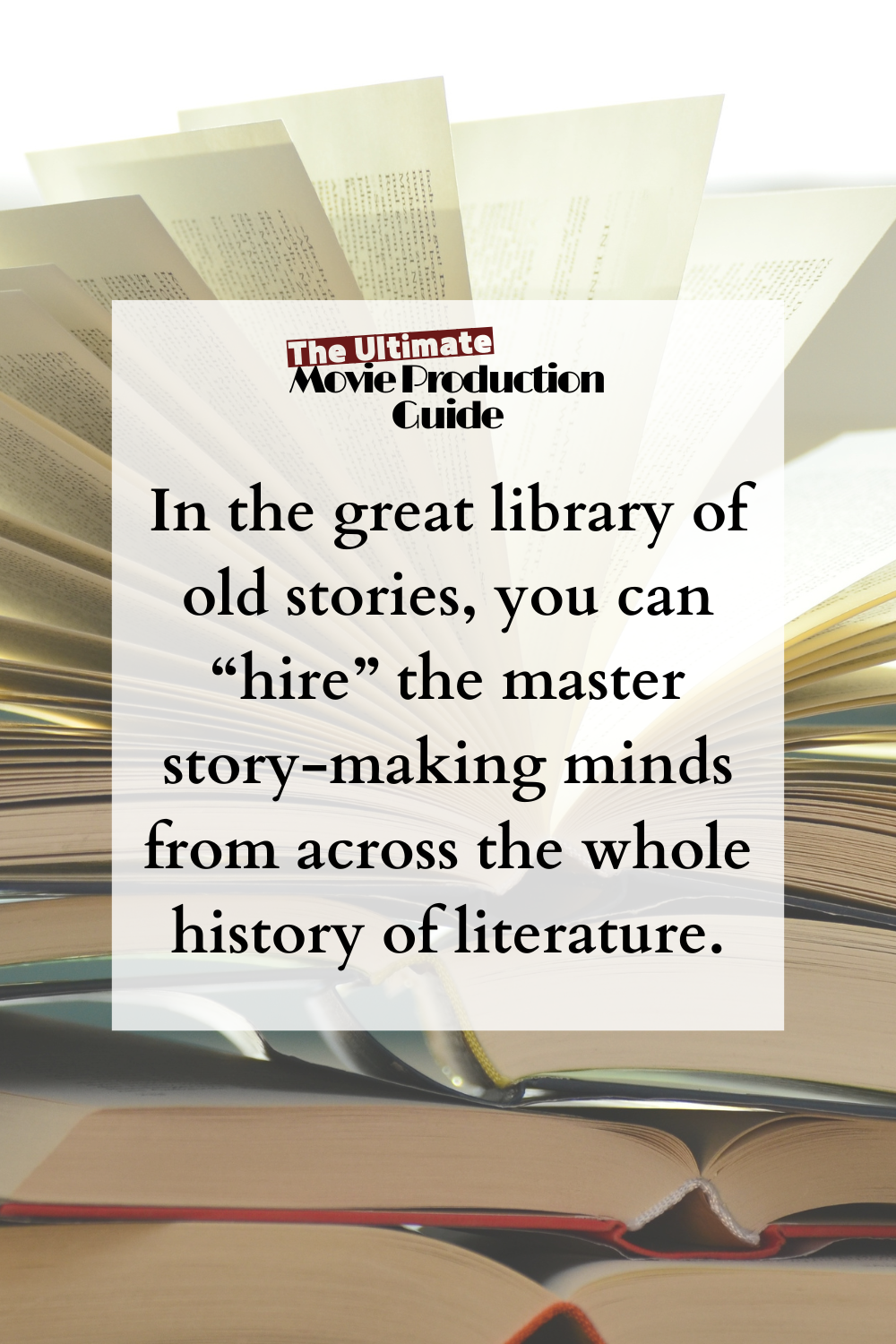
The second source hotspot for screenwriting is found in old novels.
A book which has not been copyrighted within the last 75 years is up for whatever you want to do with it.
These books are in the public domain.
Not sure what the copyright date is on your book? Check the inside cover, the most recent date listed after the publisher is the copyright date.
Still not sure? Look for the book on LibriVox. All books on LibriVox are in the public domain.
Using an old story will capture audiences because they are tried and true, and many people have already read or heard about them and trust that they are good stories.
Among the many pros to lifting scripts from old novels are:
- No story fabrication needed
- Books already follow a solid storyline
- Research is done for you
- Novels boost your credibility
- No need to find witty phrases
For Outlaws of Ravenhurst, many people said they had read the book and were looking to see if a film was ever made of it and found Industrious Family that way!
In the great library of old stories, you can “hire” the master story-making minds from across the whole history of literature.
Plus, all genres can be found in literature.
And remember it is not a shameful thing to use good stories that are not all your own. Walt Disney formed his career around the retelling of fairytales.
Inspire Your Audience With The Forgotten True Stories From History
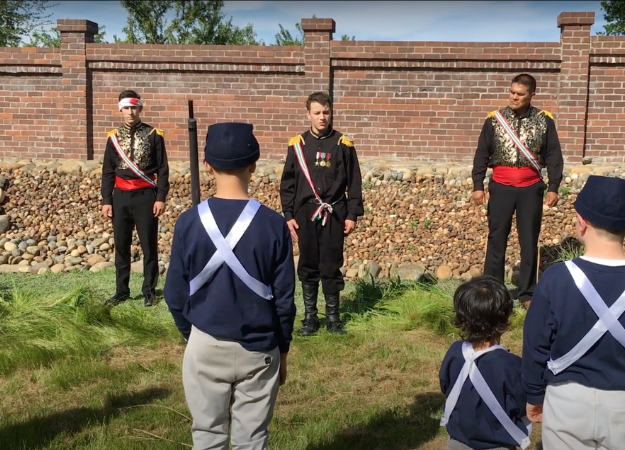
A third and final source for screenwriting material is history. There are many interesting and inspiring stories of virtuous heroes found throughout the course of history.
Historic films are popular because people feel a connection with the characters.
The idea that these were real people who lived in the same world and probably suffered similar trials in their private lives is appealing to everyone.
Everyone has his own favorite period of history and is happy to watch any movie he can about that era. When we made Max & Carlota there were quite a few people who were interested in the movie because they were interested in the Hapsburg family line.
Task 1 Checklist:
Answer these questions about Task 1 before moving on to the next task:
1. Where are you going to find your screenwriting material?
2. If you are using a book, are you sure it is in the public domain? If not, you may need to contact the publisher and ask who owns the copyright. If you really love the story, chances are you can create a persuasive enough proposal to maybe be granted permission to use the story. Worth the try.
3. Are you really passionate enough about this topic to be dedicated to it for the next year or so of your life? Remember that this is not set in stone. Just because you have a script for something does not mean that you MUST commit to it. Once you have hosted auditions and casted in Phase 6, you are at the point of no return.
Task 2. Use A Storyboard Mountain As A Map Guiding You Through The Screenwriting Phase
Looking At The Mountain As A Whole To Get Perspective
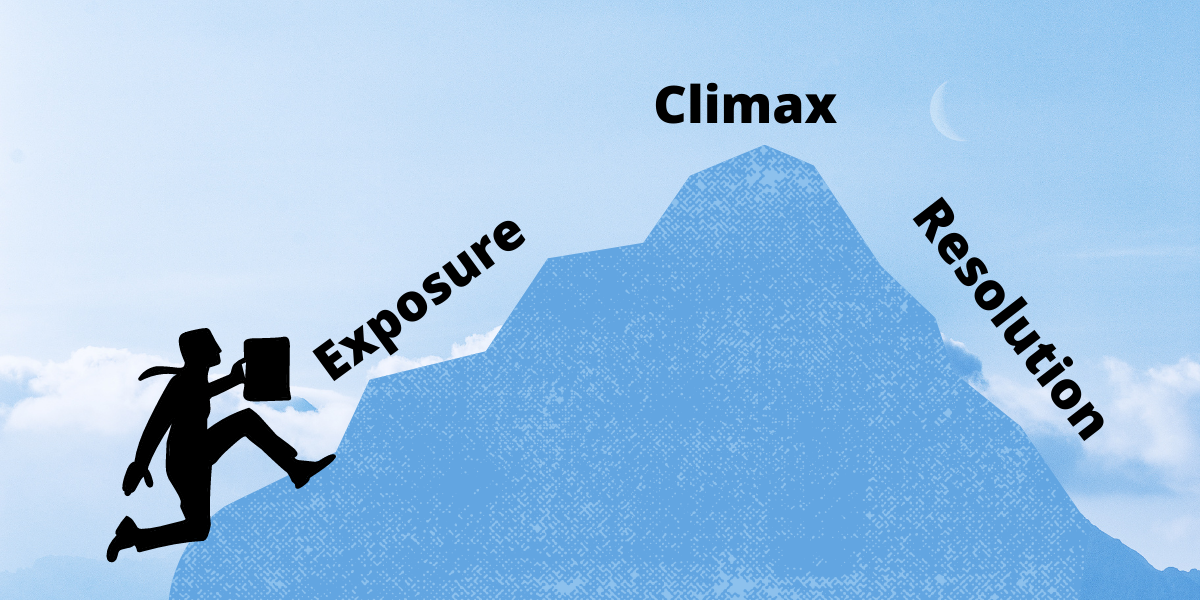
Once you have selected your source and idea, draw a mountain. Yes, a mountain.
Think of your script as a journey--because it is one!
You have your main character, who is usually presented with a problem in the beginning:
...Marred for life
...Has things in life that are contradictions and need to be solved
...Needs to find out the secret behind a sudden and mysterious death
...Has been locked into a tower from infancy and now wants to see the world
..Is stuck making muffins from broccoli...You name it!
There is always a problem or challenge.
Your character is challenged to overcome his problem, which is what is commonly called the plot. You now need to divide your story into three sections: exposure, climax, and resolution.
The first quarter of your movie should be dedicated to exposure. This is the part where you meet the character, find out his greatest flaw, his greatest fear, or any other background which may be important later.
The middle half, the climax, is where the problem reaches its highest intensity and the character must either overcome it or resign himself to it. This part should be able to stand alone as an independent story.
The ending quarter of the story is the resolution, where you put the audience back on the ground, resting assured that the ending was satisfying. This is where the problem is solved.
Give Your Mountain Support With Smaller Climaxes And Resolutions Within The Main Shape
Inside of the main mountain are smaller hills. These are the various other problems and their solutions found throughout the story. Draw these inside of your main mountain.
Penciling-in each of these hills with the event's focus will help remind you later while you are writing.
Above is the original mountain that we drew when brainstorming Grisly Grisell. As you can see, we have the estimated duration written out beneath the mountain. Each crease represents the supporting climaxes. Written in each crease are notes about each segment.
Climbing up the mountain are the sections of exposure ("introduction"), climax ("middle"), and resolution separated into 1/4, 1/2, and 1/4 format.
A word about estimating film duration: We have found that a page of script equals about an hour of filming and a minute of edited scene. So, referring to the drawing above, we were planning on a 120 page script for a 120 minute film.
For our company, this is basically a one year project.
Still A Little Confused On What I'm Saying? Here Are A Few More Examples
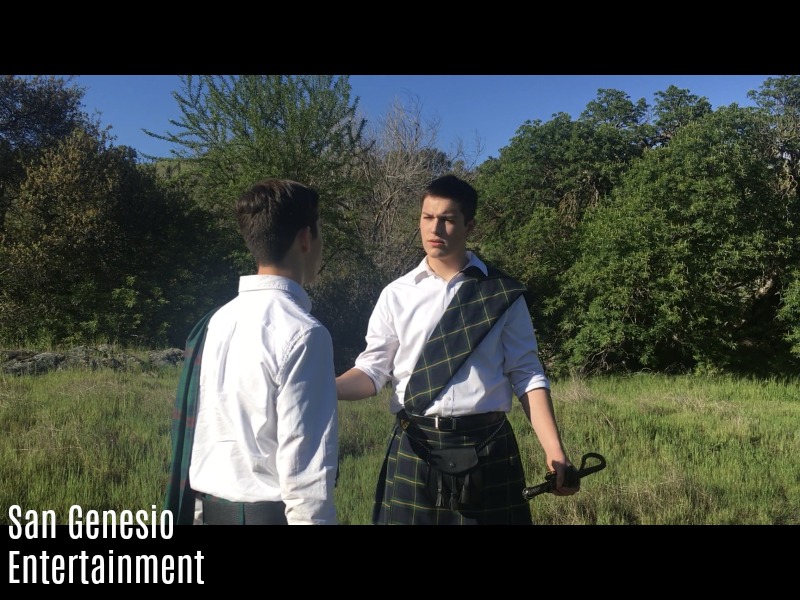
I know that this is all a lot to take in, so let me lead you through a few examples to solidify these ideas.
Let's say you are planning your movie to be an hour long.
You are going to want to have 15 minutes of exposure, 30 minutes of climax, and 15 minutes of resolution. Make sense?
Now for a breakdown of what composes the exposure, climax, and resolution using Outlaws of Ravenhurst as an example.
Exposure Introduces The Conflict
In the beginning, you meet the Gordon (George Abell) with his Catholic American family. He is suddenly and quickly taken away from this life and family by his evil Uncle Roger and even more evil friend, Godfrey.
These two show their true colors in the carriage scene. You understand that they are both Protestants who are steadfast in their resolve to make the new Gordon the same.
You also meet the Gordon's mother, who is a Catholic, and encourages him to stay true no matter what the cost.
This entire opening part of the movie is what we call "exposure".
Climax Tells A Complete Story Of Its Own
Next, comes the climax. This escalates with the Gordon resisting his uncle's will and instead staying true to the Faith. Then all that follows: meeting Father Stephen, being locked in his room, escape, meeting his father, going to save the clan.
These events make up the climax.
The climax is the most important part of your movie. It should be strong enough to stand alone without the exposure and resolution. It would, of course, feel abrupt, but it should still tell a complete story.
Resolution Gives A Sense Of Satisfaction

Now comes the resolution: Clan Gordon escapes to the colonies.
The Gordon is reunited with his adopted family, the Abells.
The entire clan is allowed to live and raise their children in the Faith in peace without fear of pressure and intimidation from the state.
The audience is given the sense of, The story is told. You may return to your own lives now.
Underlying Bumps Make For Quality Storytelling
The underlying bumps are when the Gordon is torn from his family, when he and Sir Roger have their first confrontation about the Faith, when Sir Roger whisks the Gordon's mother from him and makes her appear to not care about him, when Sir Roger whips the Gordon, and when the Gordon must escape from the castle.
These all have their own problems and solutions which support the main mountain. Although these are of lesser importance, they still add to the overall quality of the storytelling.
Task 2 Checklist:
1. Create the main shape you want your movie to take.
2. Consider the target length of your movie. This is just to give you an idea. Of course, it is unlikely your script will be an even number of pages.
3. Decide how long your exposure, climax, and resolution are depending on the your target length. Include a rough idea of what will be contained in these areas.
4. Consider any underlying bumps to include, make sure they are truly supportive to the overall storyline and not distracting.
Task 3. Get What You Are Thinking Finally Into Words: Get Started Screenwriting!
Always Keep Your Genre In Mind
I'm sure you are just itching to finally get some work done and get the first draft of your script ready. Don't worry, you're finally there.
And please know that all this preparation is necessary to reduce frustration later on in your project. So let's get started on the actual typing part of this job.
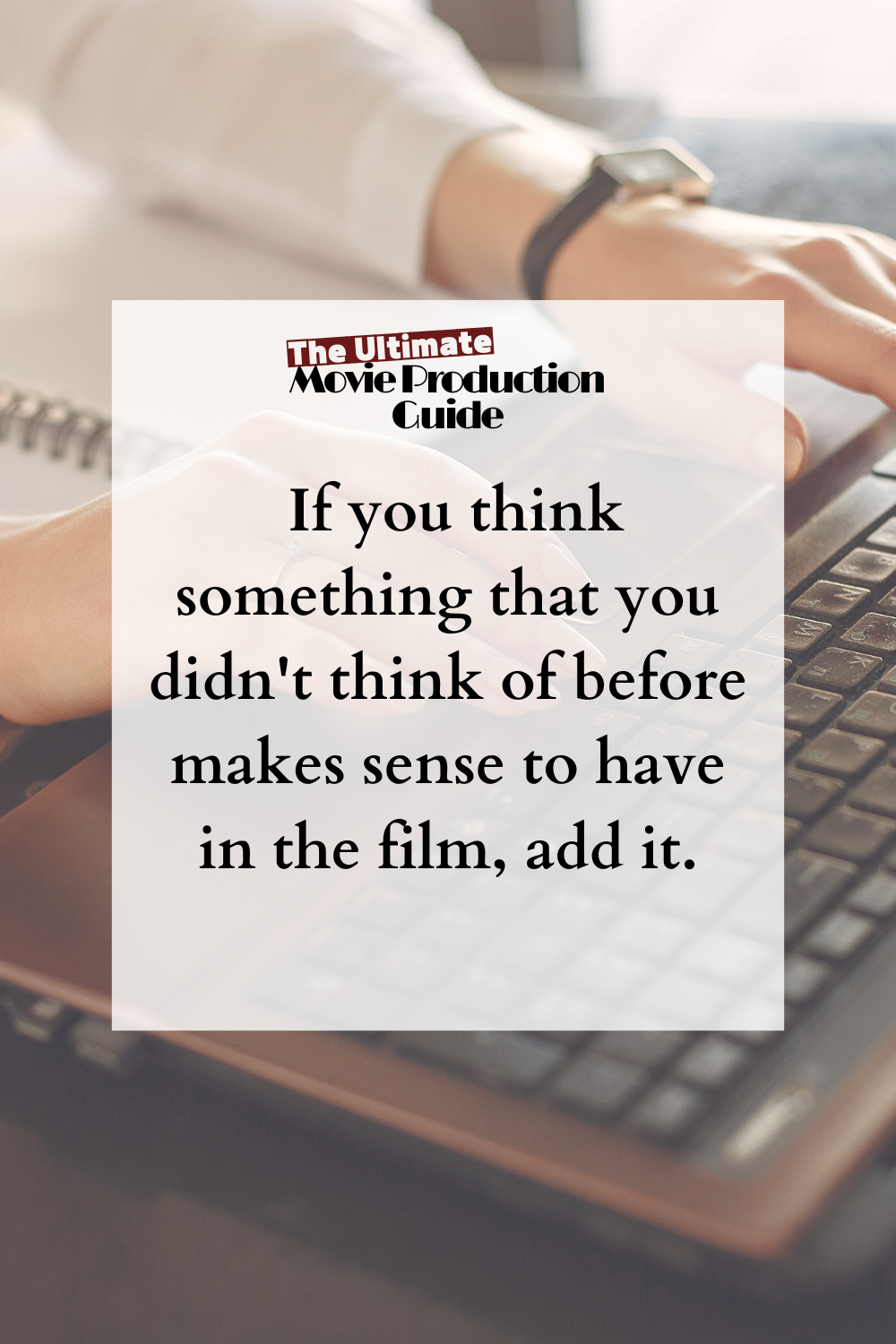
First things first: decide on the genre of your film. Do you want it to be a:
- Comedy?
- Historical drama?
- Action adventure?
- Romance?
- Drama?
- Religious drama?
Once you have decided the genre, try to constantly refer back to it while you are screenwriting. Another thing to always keep in mind is your resolution--how the story ends. Make sure that your entire script is working towards the ending.
Don't forget to refer back to your mountain. Although the mountain is a good guide, it is only that--a guide. If you think something that you didn't think of before makes sense to have in the film, add it. If something in your bump is not quite jiving with the rest of the story, delete it.
The truth is, you never know when you start screenwriting what actual events will appear in the script or which ones will remain in the finished script. Be creative and don't be afraid to make changes.
Your mountain is a tool and you are not a slave to it!
When writing Grisly Grisell, Mary and I really hacked and added until we found a story we could easily tell.
Yes, we had to say good bye to some characters and suffer the pain that always comes with leaving friends behind, but our story was all the stronger for it. Some of the other characters were altered to be more dramatic or to take up the void left by the deleted characters.
Know Your Actors
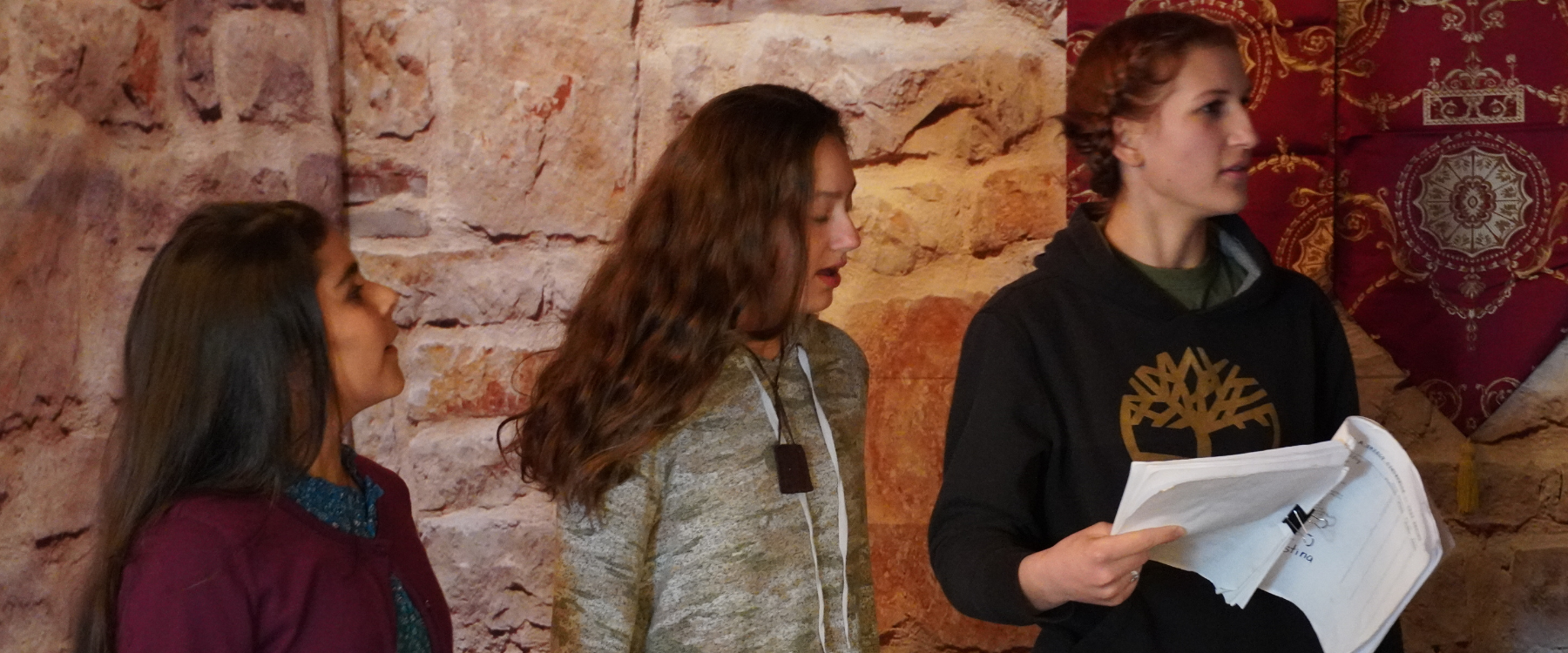
Another great tool that will be a tremendous help before you sit down to your script is knowing your actors.
Many hard-to-deliver and hard-to-understand lines can be avoided this way.
For example: There are some scenes in Max & Carlota that I wrote especially for particular actors. Like the Napoleon III scenes for Jonah Lawrence. It is crucial that actors understand what they are saying.
If they don't understand their lines, you can bet that your audience won't either. Another thing to note here is that it is best (and something I definitely struggle with myself!) to keep your lines at a fourth grade reading level.
It is best if the audience can follow with ease. Most people watch movies to relax and don’t want to feel as though they are straining all of their thinking faculties to interpret your fifteenth century English.
If this is your first film, try to use people you are comfortable bossing around. As you make more and more films, you start to get to know certain people better and what they are capable of delivering.
We will talk about working with actors and hosting acting guilds in more detail in Phases 6 & 7.
Task 3 Checklist:
1. Decide on the genre of your film
2. Consider your actors and the kind of language you can get away with using while still delivering a movie that will make sense to your audience.
This is getting a little long winded, so why don't you take a break, build a story mountain, and start thinking about genre and then go ahead and move forward with:
You may have questions at this point. Please continue through this phase and see if those questions get answered in the next steps. If you still have questions, there will be a form at the bottom of the next page with a place to send me your questions.
